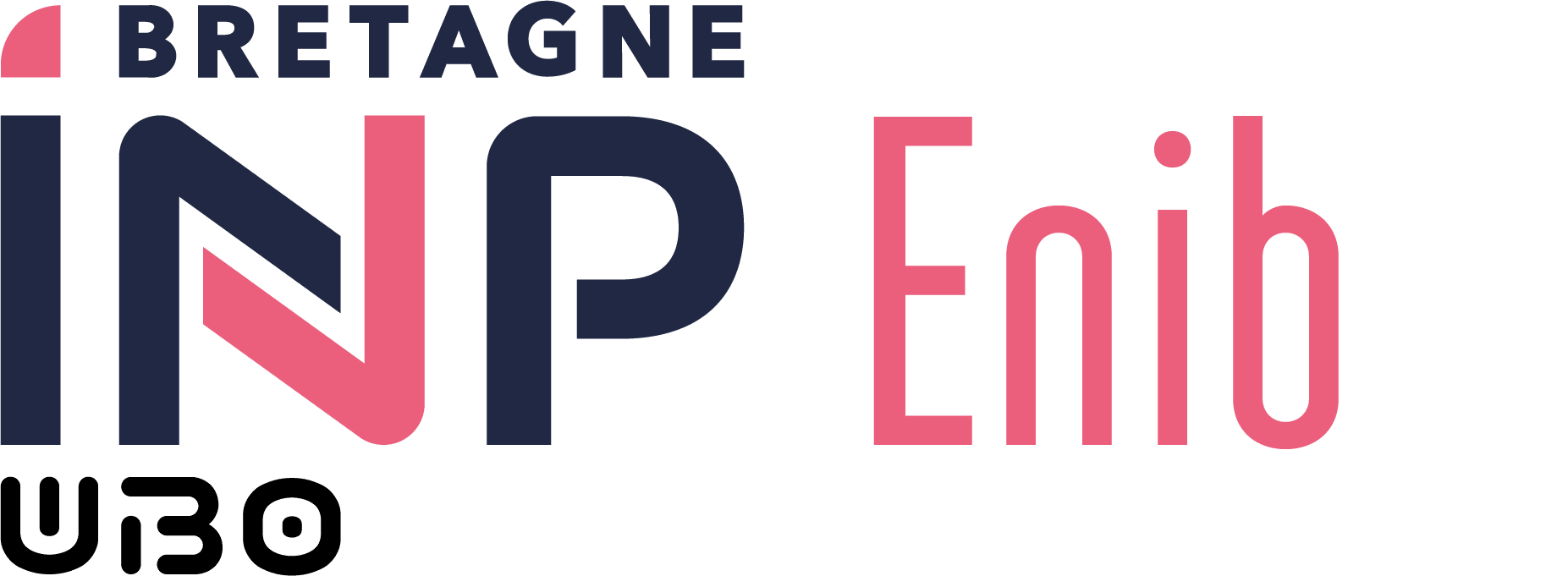Mechatronic and Vibration Mechanics (07_O-CMV)
- Coefficient : 6
- Hourly Volume: 150.0h (including 78.0h supervised)
- CM : 15h supervised
- Labo : 63h supervised (and 6h unsupervised)
- Out-of-schedule personal work : 66h
- Including project : 63h supervised and 64h unsupervised project
AATs Lists
Description
This module allows engineering students to apply an engineering approach in mechatronic design and construction with the aim of experimentally validating the theoretical results from numerical simulations allowing the prediction of the dynamic behavior of a mechanical system. The physical systems studied are "elementary" mechanical dynamic systems subject to frequency mechanical excitations, their responses reveal eigenmodes detrimental to the proper functioning of many mechanical systems.
- The modeling of these systems uses the fundamental principles of dynamics and vibration mechanics and serves as a basis for the numerical simulation of dynamic behavior.
- The simulation results allow electro-mechanical sizing of the excitation system, encryption of the values of the servo PID correctors and prediction of the amplitudes of movement as a function of the excitation frequency, which highlights the desired natural modes. .
- The experimental device is composed of a physical system, its motorized frequency excitation, a system for measuring and acquiring the amplitudes of movements, closed-loop motor control, electronic control cards including the implementation control laws and first-level wired safety devices and a supervision HMI coded in Python allowing the recording and configuration of tests.
- The comparison of experimental and theoretical results requires digital post-processing of the raw acquisition data carried out digitally by a Python program.
Learning Outcomes AAv (AAv)
AAv1 [heures: 14, E3, E4, E1, F1, F2] (team work): Situation: in a given context and with given multidisciplinary specifications, The student group must be able to effectively organize the restitution of teamwork by defining tasks, assigning them to resources, planning their executions over time and presenting in a synthetic manner the work carried out based on summary documents and technical proof of operation.
AAv2 [heures: 14, C1, F1, F2] (communication): At the end of the semester, the group must be able to present in writing and orally, the objectives to be achieved, the work approach and the results obtained by choosing the most appropriate supports.
AAv3 [heures: 14, A3, C1, B1, D2, D3, D4] (design approach): At the end of teaching, in a given multidisciplinary context, with an imperfect, partially documented and possibly non-functional existing system , and with given disciplinary specifications, the student group must be able to implement a complete design approach: analysis of needs, justified choice of solutions, design and sizing, production, validation and documentation.
AAv4 [heures: 13, C1, C2, C3, D2, D3, D4] (instrumentation): At the end of this course, the group of students must be able to implement a digital system allowing the measurement of quantities physics necessary for the study and characterization of the vibrations of a mechanical system.
AAv5 [heures: 12, C1, C2, C3, D2, D3, D4] (command): At the end of this teaching, the group of students must be able to control a rotating motor making it possible to excite a vibrating system.
AAv6 [heures: 14, C1, B3, B4, C2, C3] (mechanical modeling): At the end of this course, the group of students must be able to model and simulate the mechanical operation of the system to develop a function mechanical transfer allowing the calculation and validation of PID correctors in closed loop.
AAv7 [heures: 14, B2, B3, B4] (vibration system modeling): Students will be able to write the dynamic system of equations of a discrete oscillating system or a simple continuous oscillating system
AAv8 [heures: 14, B2, B3, B4] (resolving system equations of vibratory motion): Students will be able to understand and use a computer program allowing the resolution of a system of second order dynamic equations using the method of modal superposition applied to a case of free and/or harmonic oscillations.
AAv9 [heures: 14, B2, B3, B4] (vibration signal processing): Students will be able to analyze a theoretical, numerical or experimental vibration signal and extract the modal parameters using a computer script.
Assessment methods
Individual scientific evaluation in vibration mechanics Evaluation of a project team of 4 to 6 students through regular oral interviews, final technical file and final oral presentation.
Key Words
Mechatronic engineering, vibration mechanics, computer-aided mechanical design (CAD), mechanical modeling, digital calculations, HMI, motor control, sensor data acquisition, electronic and mechanical manufacturing, python programming, post-processing of acquisition data.
Prerequisites
- Mechanical design/construction and RDM sizing.
- Mastery of a CAD tool.
- Dynamic modeling of a mechanical system.
- knowledge of servo algorithms and their performances.
- python coding for HMI and numerical calculations
- programming of electronic cards (motor control and acquisition)
- CAD and electronic construction
- numerical calculation
Resources
- archives of teams from previous semesters
- methodological help on Moodle
